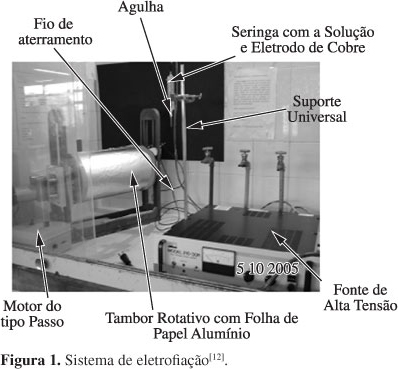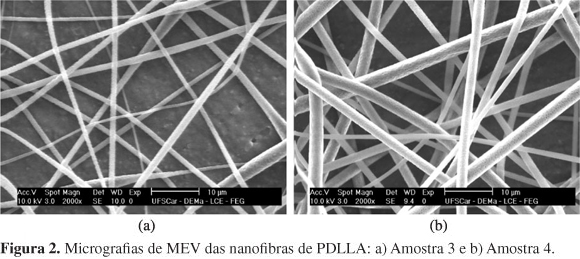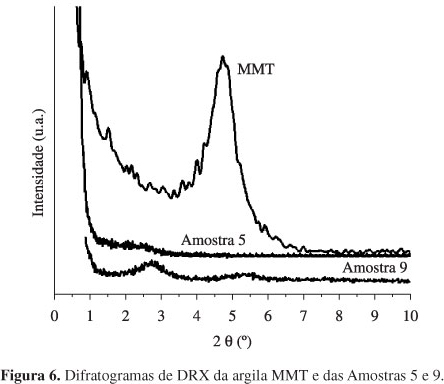Non-woven mats of nanofibers of three biodegradable polymers, viz. poly(lactic acid), PDLLA, poly(Ε-caprolactone), PCL, and poly(butylene adipate-co-terephthalate), PBAT, and their nanocomposites with montmorillonite nanoclay (MMT) were produced by electrospinning. The morphology, thermal behavior and internal structure of the nanofibers were analyzed by scanning and transmission electron microscopy, differential scanning calorimetry and wide angle X-ray diffraction, respectively. The nanofibers of the nanocomposites had lower diameters than the nanofibers of the corresponding neat polymers, while the nanofibers from PBAT and PBAT/MMT were the least crystalline. The cell viability of all the nanofibers was analyzed by reduction of the tetrazolium salt by the pyruvate dehydrogenase enzymatic complex present in the mitochondria (MTT test). None of the nanofibers was toxic to the cells and the PBAT and PBAT/MMT nanofibers exhibited a more favorable environment for developing fibroblasts from cardiomyocytes than the control, probably due to their low crystallinity. These results demonstrated the potential use of nanofibers´ mats as scaffolds for cell growth.
Cell viability; nanofibers; electrospinning; nanocomposites; biodegradable polymers


















